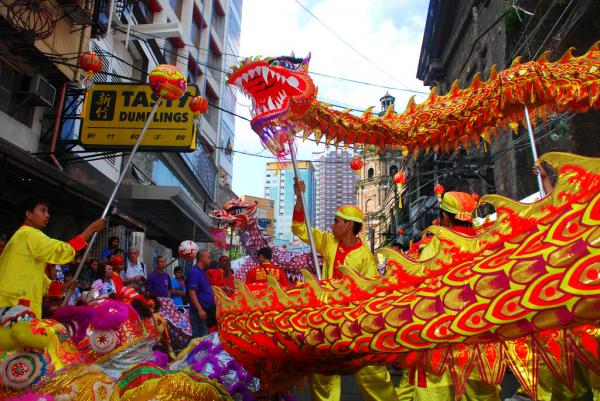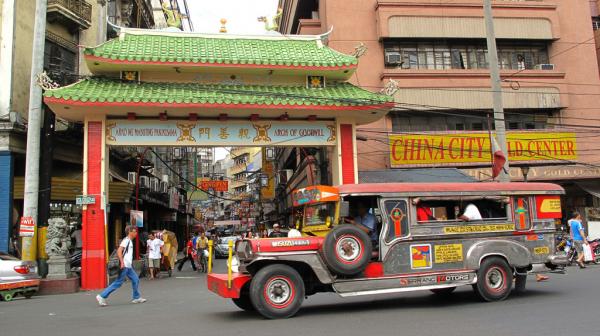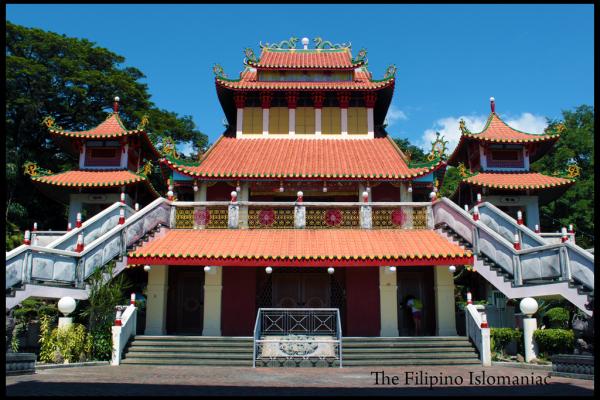
Vigattin Radio on Technopreneurship
by Mark Lucio Hernandez on February 3, 2014This statement is the most common answer when a student is asked what to do after college, a proof of our 'employment-is-the-key-to-prosperity' mindset that hinders the full growth of entrepreneurship here in the Philippines. Less are those who thought of putting up their own business and lesser are those who thought of establishing technology on their businesses.
» Read More

A Worth Climb at Ligñon Hill Nature Park
by Jane Dacumos on February 1, 2014The province of Albay is an exciting getaway for the weary traveler. Everyone knows that Albay is home to the spectacular Mayon Volcano, the region’s crown jewel and one of the great wonders of the world. Do you want to know where to get a good view of Mount Mayon?
» Read More

Padre Jose Burgos National Museum
by Jane Dacumos on February 1, 2014Because of his significant contributions toward the struggle for Philippine independence, the people of Vigan commemorate the noble deeds of Padre Jose Burgos and keep his memories alive with the establishment of the Padre Jose Burgos National Museum.
» Read More

Chinese New Year 2014, Year of the Wooden Horse
by Xtian Mack on January 31, 2014As there are significant numbers of Chinese in the Philippines, and that Chinese culture, traditions, and influences have become part of Philippine society as well, the Chinese New Year is celebrated with reverence and revelry in the many places associated with the Chinese living in the Philippines, like Binondo. The celebrations and festivities are colorful and lively and showcase the best of Chinese culture, like lion and dragon dances.
» Read More

Pagoda Hill in La Union
by Rosevie Decio on January 31, 2014The province of La Union is a popular tourist destination, with more and more visitors coming every year to get a glimpse of the many fascinating attractions here. Besides its fantastic beaches for swimming and surfing, La Union also has Pagoda Hill, situated in the city of San Fernando, the capital city of La Union. Pagoda Hill is comprised of Chinese-themed architecture atop a hill which has a commanding and amazing view of San Fernando City.
» Read More

Davao City's ChinaTown
by Jhaypee Guia on January 30, 2014Davao ChinaTown, also known as Mindanao ChinaTown, is the only ChinaTown in Mindanao located in the island's de facto capital, Davao City, Mindanao, Philippines. At around 44 hectares, it is at the center of numerous business establishments, of which a great majority is owned by Chinese Filipinos who were either born in the country or naturalized Filipino citizens who trace their roots to mainland China.
» Read More

Life in Chinatown in Binondo, Manila
by Jane Dacumos on January 30, 2014Until today, the Chinese way of life is still seen in the streets of Binondo or the famous Chinatown. It has been the center of Chinese life and culture in the Philippines since pre-colonial times. Formerly known as Binundok or Isla de Binondo, the area marks the earliest trade relations of pre-Hispanic Filipino natives dwelling along the Pasig River and Chinese traders who sailed along the South China Sea.
» Read More

Museo Iloilo: Home of Iloilo's Cultural Heritage
by Jhaypee Guia on January 29, 2014Iloilo has always prided itself in the rich cultural heritage that helped shape the province from its humble beginnings to the thriving and progressive community it is today, and this same heritage has been carefully and vigorously preserved by Museo Iloilo, the repository of the province's history.
» Read More

Ma Cho Temple: Tribute to the Confluence of the Filipino-Chinese Culture
by Angel Bonifacio on January 28, 2014When you read the name of the temple, did you think of Ma Cho as in masculine or manly? I know you did! But, this temple is not a temple of or for guys only. It is actually a typical Taoist Temple in La Union, although typical is an understatement indeed.
» Read More

Cebu Taoist Temple
by Jane Dacumos on January 28, 2014Built in 1972, the Cebu Taoist Temple is located in Beverly Hills Subdivision in Cebu City. The temple was built by Cebu's substantial Chinese community. With an elevation of 300 meters above sea level, the temple is a towering, multi-tiered, multi-hued attraction accessible by three separate winding routes.
» Read More
